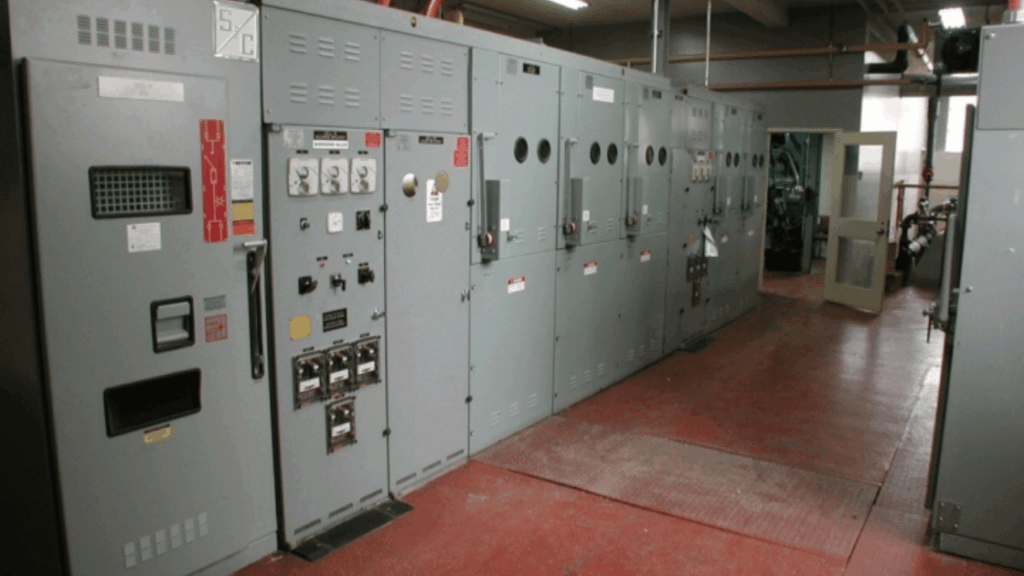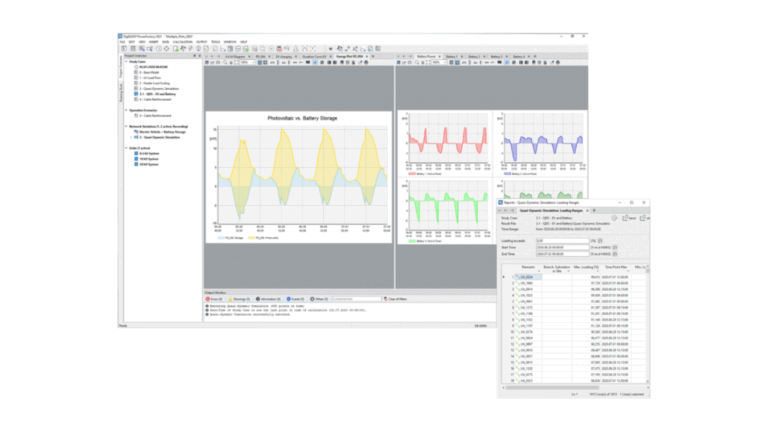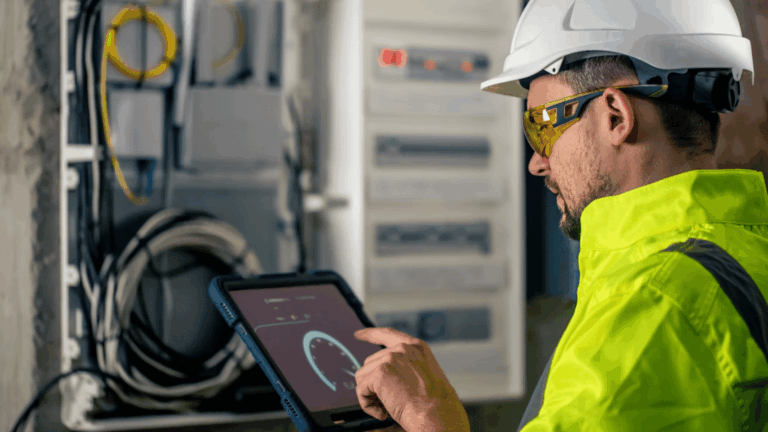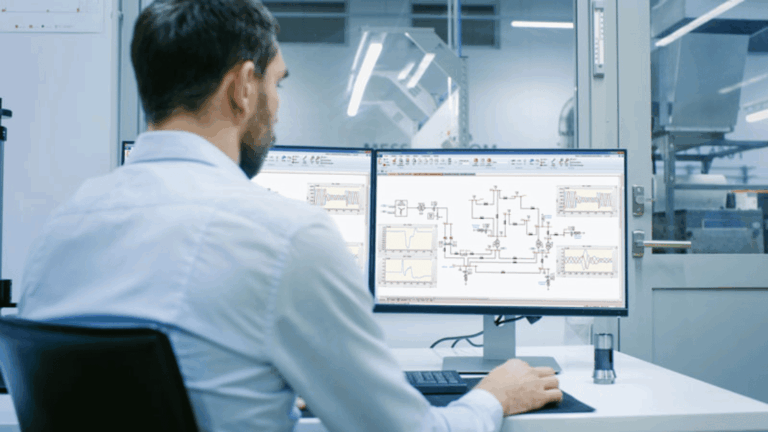In today’s competitive power engineering landscape, MV switchgear design must balance performance, cost-effectiveness, and adherence to standards such as IEC 62271-307 and IEC 60943. At Keentel Engineering, we leverage advanced thermal and electromagnetic simulations alongside decades of hands-on expertise to deliver optimized panel, switchboard, and busway solutions—whether for rural electrification, offshore platforms, or high-density urban substations.
Key Insights & Economic Strategies
A recent comparative study by Keentel Engineering demonstrates how early-stage simulations can:
- Replace costly lab tests (temperature-rise or internal-arc tests costing up to €30 000) with validated digital models
- Optimize material selection (Copper vs. Aluminum vs. CCA) to achieve the best cost-per-MVA and thermal performance
- Enable compact GIS-based designs by fine-tuning ventilation, busbar geometry, and hybrid conductor profiles
We adhere to IEC 62271-307 for temperature limits and IEC 60943 for busbar mechanical criteria, ensuring both safety and UL/CE compliance.
FAQs
What’s the cost of an MV switchgear temperature-rise test?
Roughly €4 000 plus 1.5 days of lab time.
Why use simulation in switchgear development?
Simulations cut lab costs and accelerate design iterations by up to 40%.
Which busbar materials were compared?
Copper, Aluminum, and CCA (Copper-Clad Aluminum).
How do ventilation openings impact thermal performance?
A 10 % increase in vent area can reduce temperature rise by 15 %.
What current rating benchmark was validated?
Baseline: 1 250 A @ 75 K; Target: 1 600–1 750 A with optimized designs.
Which IEC standard governs switchgear temperature rises?
IEC 62271-307 sets limits (75 K max at busbar/CB junctions).
Which design had the lowest cost per MVA?
Design 4 (Aluminum U-profile): ~$14 USD/MVA.
What factors limit MV switchgear performance?
Testing costs, junction temperature rises, and outdated materials.
How does Keentel apply these findings?
Through simulation-driven design reviews and targeted busbar optimizations.
Can these strategies apply to Substation Design?
Absolutely—see our Substation Design Services for end-to-end primary and secondary engineering.
Case Studies
Case Study 1: 1 600 A Switchgear Panel Redesign
- Client: Confidential MV Manufacturer
- Challenge: Upgrade 1 250 A panel to 1 600 A without exceeding 75 K rise
- Solution: Thermal simulations of five busbar layouts
- Result: Ventilated copper busbars achieved 1 695 A @ 75 K and cut cost/MVA by 36 %
Case Study 2: Rural Substation Cost Reduction
- Client: Utility in Latin America
- Challenge: Lower busbar costs while maintaining performance
- Solution: CCA busbars with copper cladding
- Result: Thermal compliance at 1 700 A and 45 % cost savings vs. pure copper
Case Study 3: Compact Offshore Panel
- Client: Offshore Platform Developer
- Challenge: High-density footprint with harsh-environment demands
- Solution: Hybrid copper-aluminum profiles + optimized ventilation
- Result: 1 750 A panel @ $22/MVA, fully GIS-compatible
Why Keentel Engineering?
- Deep MV Expertise: Decades in EHV, HV & MV Power System Studies
- Simulation-Backed: From thermal to internal-arc analyses
- Standards-Driven: Full compliance with IEC 62271, UL, and CE
- Cost Optimization: Material trade-off assessments reducing your CAPEX
- Client-Centric: Tailored reviews aligned to your budget and timeline
Learn more about our full EHV, HV, MV Power System Studies or contact us for a design consultation.
Ready to Transform Your Switchgear Design?
Don’t let outdated materials or excessive testing costs hold you back—partner with Keentel Engineering for simulation-driven, IEC-compliant switchgear solutions tailored to your project needs.
Call us at 813-389-7871
Email: contact@keentelengineering.com
Or Schedule a Design Consultation today and unlock greater efficiency, safety, and cost savings!






